The Resolution to Support Pollinator Habitat in Ann Arbor (Resolution R-23-111) was passed by the Ann Arbor City Council in April of 2023. A major aspect of this resolution was the development of the Pollinator-Aware Yard Care Program, which provides homeowners with information on how they can maintain their lawns to provide habitat and resources for local pollinators. Among the tips provided, the program suggests homeowners delay mowing their lawns and leave more time between mows; reduce the use of pesticides and herbicides; and plant or maintain native plants on their property.
Delay and Reduce Mow
Delaying the first mow of the year and reducing the area of grass that is mowed protects pollinators that overwinter in grass bed or leaf litter from habitat loss and allows them to grow to maturity for the warm season. Similarly, increasing the amount of time between mows continues to protect the habitat of those pollinators and allows native plants which provide food sources for those species to grow through grasses present in the area. Reducing the frequency and area of mowed grass also reduces carbon emissions as less gas is required to run lawn mowers throughout the warm season, saving homeowners time and money.
No Herbicides or Pesticides
Eliminating herbicides and pesticides in lawn care has several important environmental implications. When herbicides or pesticides are sprayed on land, they can infiltrate runoff and enter local waterways as well as clinging to plants and wildlife, leading to negative effects on their health and the health of the ecosystem around them. Use of chemical pesticides and herbicides kills native plant and insect species leading to scarcity of food for pollinators. While use of chemical herbicides and pesticides indirectly affects pollinators, it has an important direct impact as well: when pollinators come into contact with chemical pesticides or herbicides, they can experience navigational issues, which affects their ability to find food and return to their nest/colony; loss of health or impaired immune response; and death. More information on the effect of chemical pesticides and herbicides on pollinators.
Grow Native Plants
Native plants in your yard feed native insects, including bees and butterflies. These insects in turn serve as food for birds and other animals. You can often tell if a plant is native by looking for holes made by feeding larvae or adult insects. If there are no holes, the plant may not be native! So if you want to continue seeing the birds and bees in your backyard, plant or maintain native plants.
A list of plants native to our area can be found below. If you want to read an amazing book on the positive impacts of growing native plants, try one by Doug Tallamy, such as Bringing Nature Home (2009), Nature’s Best Hope (2020), or The Nature of Oaks (2021), all available at your local library. There is also a video link, below, of a lecture by Doug Tallamy.
Actions You Can Take
- Delay mowing
- No herbicides/ pesticides
- Plant/ maintain native plants
Sources
Tags: Pollinators, Sustainability
